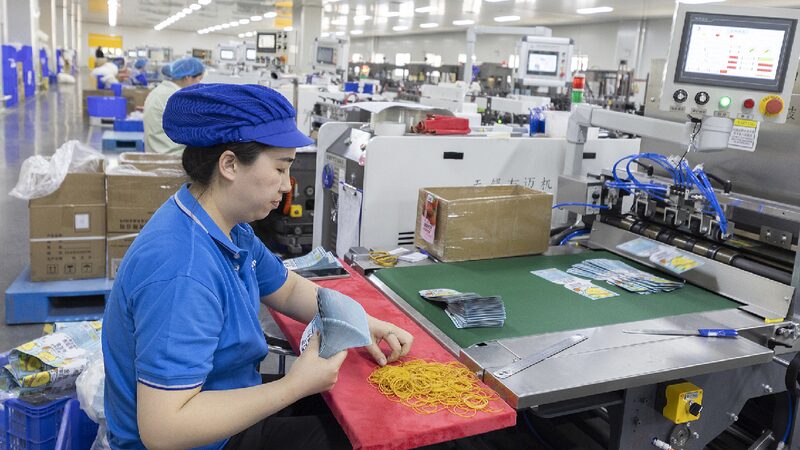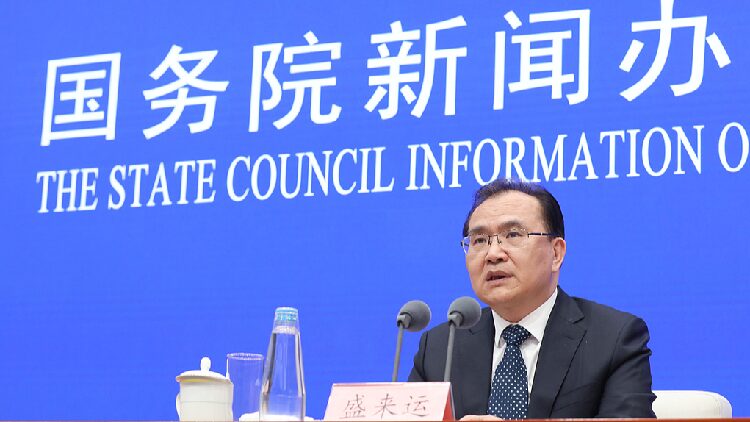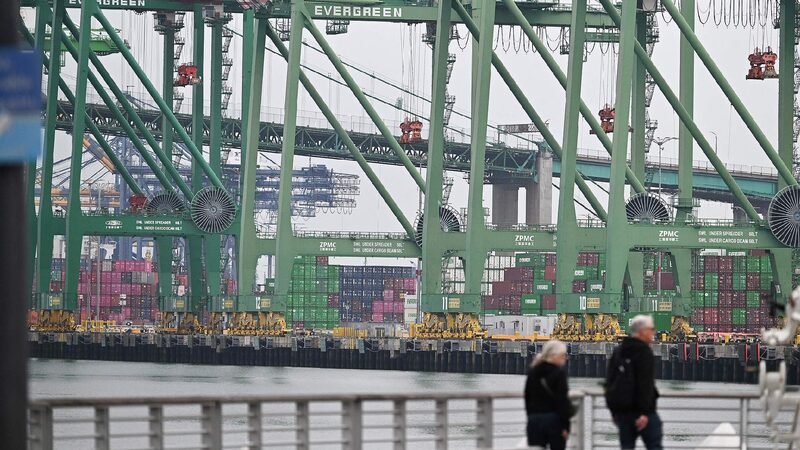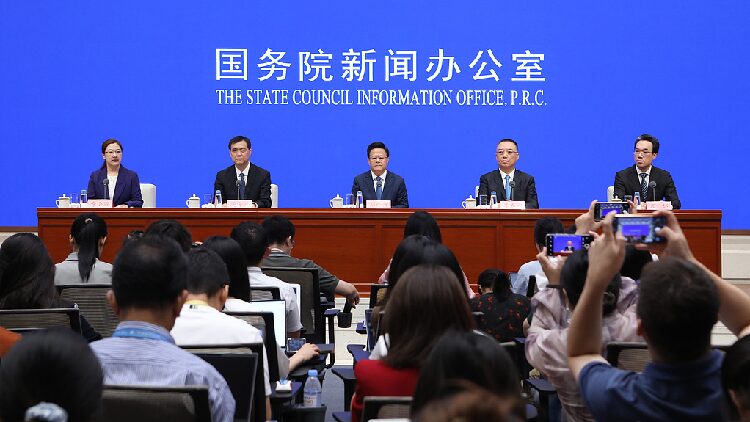China’s Economy Surges Despite US Tariff Shocks in Q1 2025
China has released its economic data for the first quarter of 2025, showcasing remarkable growth despite facing significant domestic and international challenges. The country’s Gross Domestic Product (GDP) reached 31.88 trillion yuan ($4.34 trillion), marking a 5.4% year-on-year increase. This growth not only surpasses the full-year economic growth of 5% in 2024 but also slightly exceeds the 5.3% recorded in Q1 2024, positioning China among the top-performing major economies globally.
Several key indicators highlight this positive trajectory. Industrial output expanded by 6.3%, an increase of 0.6 percentage points from the previous year’s figure. The service sector grew by 5.3%, while fixed-asset investment rose by 4.2%, one percentage point higher than the prior year. Additionally, retail sales of consumer goods increased by 4.6%, up by 1.1 percentage points. These figures collectively reflect the resilience and vitality of the Chinese economy in 2025, laying a solid foundation for achieving the government’s annual GDP growth target of around 5%.
Domestic Demand Weakens Tariff Impact
The robust growth in China’s domestic demand has mitigated the effects of US tariff hikes. After taking office, the US administration imposed two rounds of 10% tariffs on Chinese goods during the first quarter. However, China had anticipated such measures and was well-prepared. Alongside implementing strong countermeasures, the Chinese government introduced policies aimed at boosting consumption and expanding domestic demand, effectively stimulating economic growth and diminishing the impact of US tariffs.
Emphasizing the importance of domestic consumption, the Chinese government has prioritized boosting consumption, improving investment returns, and stimulating domestic demand among its top tasks for 2025. In March, it unveiled a plan for special initiatives to enhance consumption. By leveraging the dual drivers of consumption and investment, China aims to shift from an externally driven growth model to one powered by internal circulation, strengthening its economic resilience against external pressures.
Tariff Hikes Expose US Vulnerabilities
While the US aimed to weaken China through tariff increases, the move has exposed vulnerabilities within its own economy. In April 2025, the US imposed a steep 145% “reciprocal tariff” on Chinese goods. China responded by levying a 125% tariff on American goods. These high tariffs led to panic in US capital markets, with significant drops in the Dow Jones and Nasdaq indices. US Treasury bonds faced heavy selling pressure, and the dollar index plunged. Furthermore, restrictions on Chinese imports led to rising domestic prices in the US, causing panic buying among consumers. In March, the price of eggs in the US rose 5.9% month-on-month and 60.4% year-on-year, reaching an average of $6.23 per dozen.
China’s Strategy: Domestic Growth and Innovation
China has countered external pressures by focusing on expanding domestic demand and promoting industrial upgrading. The government has introduced new policies to unlock household consumption potential and explore new areas of growth. Simultaneously, it is encouraging technological innovation to drive industrial advancement. Tech companies, exemplified by the “Six Little Dragons of Hangzhou,” are thriving and contributing to the rapid development of emerging sectors like artificial intelligence and robotics. Through these efforts, China effectively neutralizes the impact of US tariff shocks, fosters high-quality economic growth, and stays on track to meet its GDP growth target.
Reference(s):
Q1 economic data released: China shields economy from tariff shocks
cgtn.com








